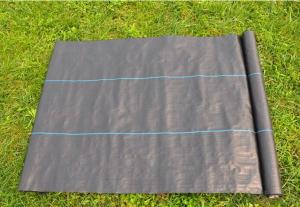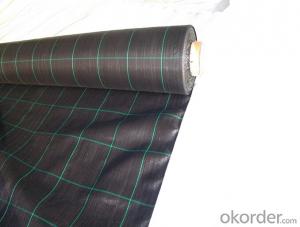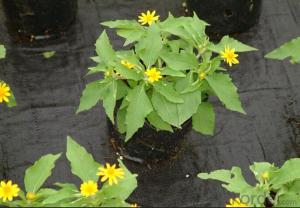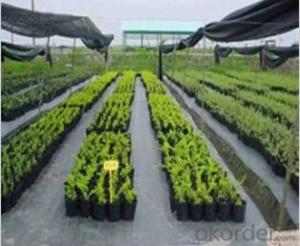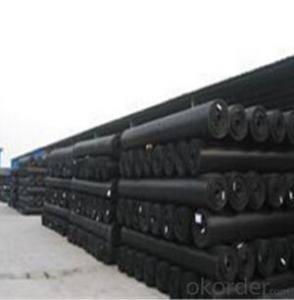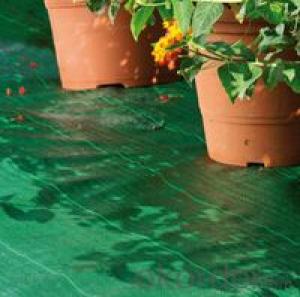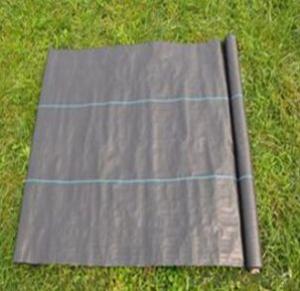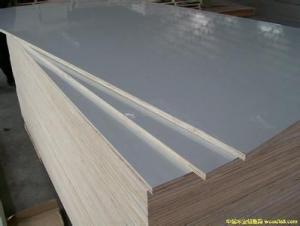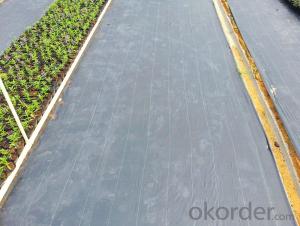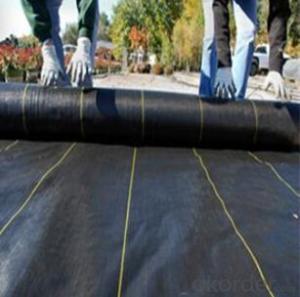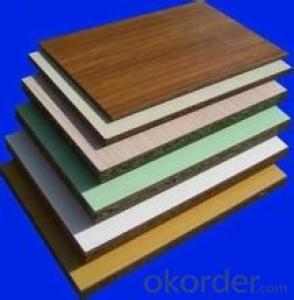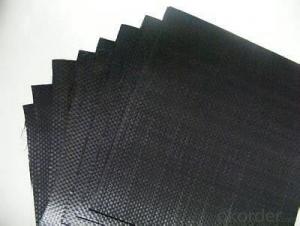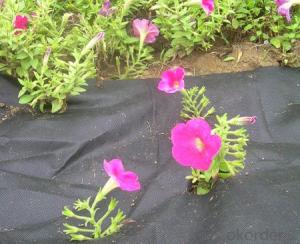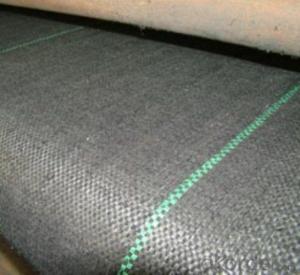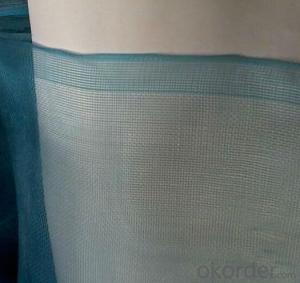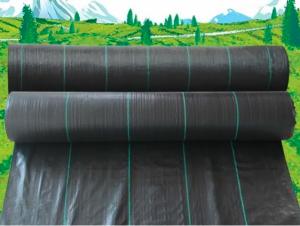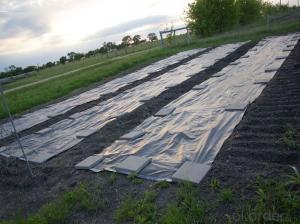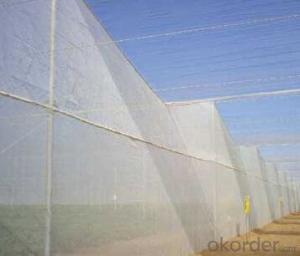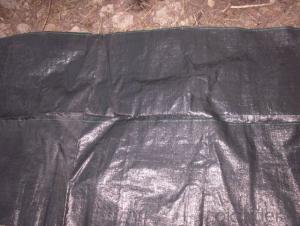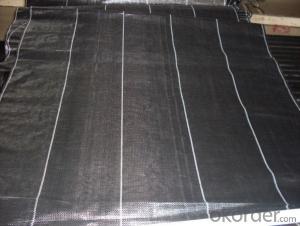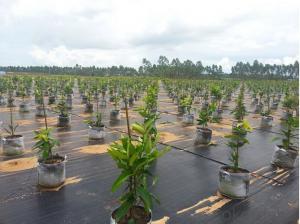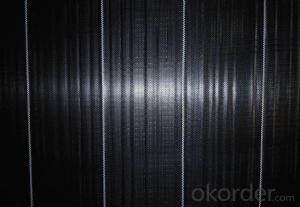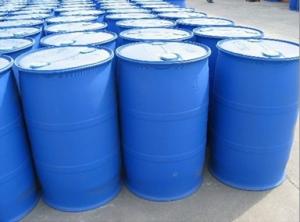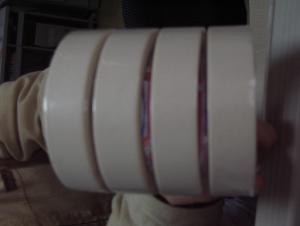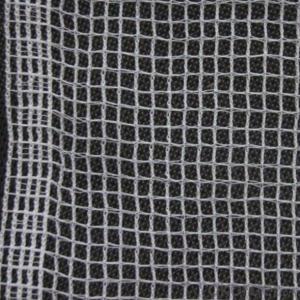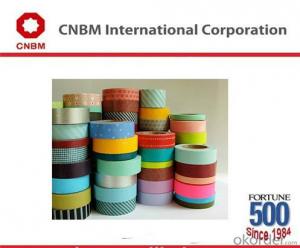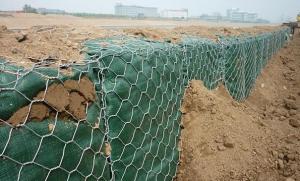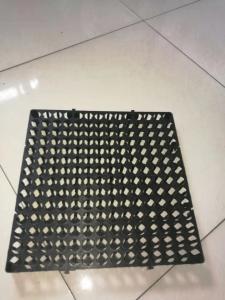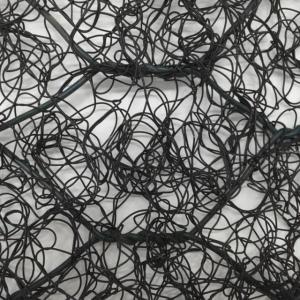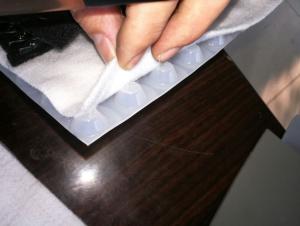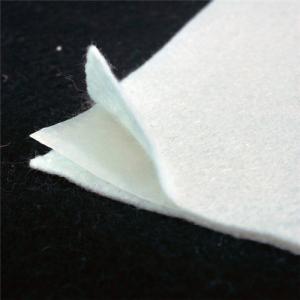Anti Weed Matting
Anti Weed Matting Related Searches
Anti Static Work Mat Anti Static Workbench Mat Anti Static Paint Esd Anti Static Mat Anti Static Vinyl Anti Static Anti Static Band Anti Static Floor Paint Anti Static Mats For Electronics Anti Static Cover Anti Static Strap Anti Static Tiles Barrier Fence Netting Esd Mat Resistance Waterproof Paint Anti Static Sponge Iso Metric Thread Cleaning Substances Protective Netting Clear Tape Dispenser Pvc Anti Slip Mat Painting Over Lead Paint Anti Static Rug Lead Paint Encapsulation Lead Based Paint Encapsulation Material Waterproofing Spray Moving Tape Paintable Waterproof Membrane Mesh Retaining Wall Waterproofing InspectionAnti Weed Matting Supplier & Manufacturer from China
Anti Weed Matting is a type of fabric designed to prevent the growth of weeds in gardens, flower beds, and other outdoor areas. This product is made from durable materials that block sunlight, thereby inhibiting weed growth and helping to maintain a neat and tidy appearance in landscaping projects. The mat is easy to install and can be cut to fit various shapes and sizes, making it a versatile solution for a range of applications.Anti Weed Matting is widely used in various scenarios, from residential gardens to commercial landscaping projects. It is particularly effective in areas where maintaining a weed-free environment is crucial, such as around vegetable patches, flower beds, and walkways. By using Anti Weed Matting, gardeners and landscapers can save time and effort on weed control, allowing them to focus on other aspects of garden maintenance and beautification.
Okorder.com is a reputable wholesale supplier of Anti Weed Matting, offering a large inventory of this product to cater to the needs of both individual consumers and businesses. With a commitment to quality and customer satisfaction, Okorder.com ensures that the Anti Weed Matting they provide is of the highest standard, making it a reliable choice for those looking to invest in effective weed control solutions.
Hot Products
